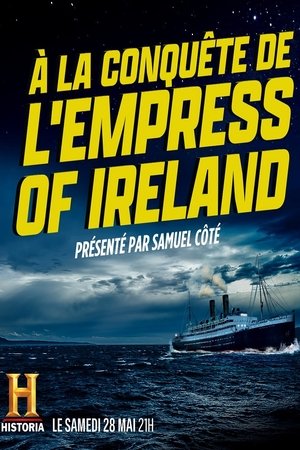
Hunt For the Lost Superfleet(2020)
The Battle of the Falklands, between a Royal Navy task force and five German cruisers, was one of the most dramatic and bloodiest sea conflicts of World War I. When the smoke cleared, four of the German ships had sunk, including the flagship and pride of the German fleet, the SMS Scharnhorst. For decades, none of the downed vessels were ever found. Now, more than 100 years later, maritime archaeologist Mensun Bound and his team are searching for the ships and the secrets they hold. It's a race against time and the raging South Atlantic Ocean.
Movie: Hunt For the Lost Superfleet
Top 1 Billed Cast
Self
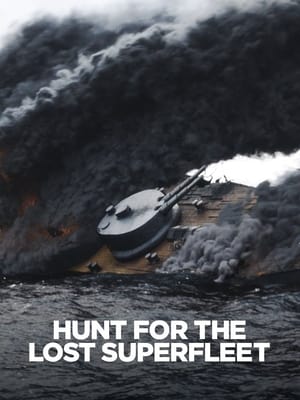
Hunt For the Lost Superfleet
HomePage
Overview
The Battle of the Falklands, between a Royal Navy task force and five German cruisers, was one of the most dramatic and bloodiest sea conflicts of World War I. When the smoke cleared, four of the German ships had sunk, including the flagship and pride of the German fleet, the SMS Scharnhorst. For decades, none of the downed vessels were ever found. Now, more than 100 years later, maritime archaeologist Mensun Bound and his team are searching for the ships and the secrets they hold. It's a race against time and the raging South Atlantic Ocean.
Release Date
2020-06-15
Average
0
Rating:
0.0 startsTagline
Genres
Languages:
Keywords
Similar Movies
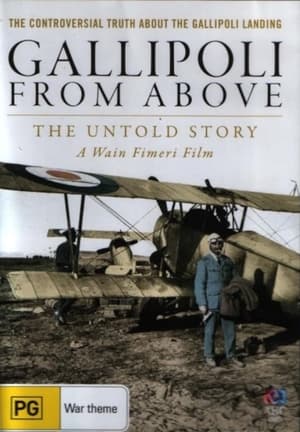 8.0
8.0Gallipoli from Above(en)
Gallipoli from Above: The Untold Story is the true story of how a team of Australian officers used aerial intelligence, emerging technology and innovative tactics to plan the landing at Anzac Cove. It is now nearly 100 years since the landing and hundreds of books, movies and documentaries have failed to grasp the significance of the ANZAC achievement. Instead, the mythology has clouded the real story of how these two influential Australian officers took control of the landing using every innovation they could muster to safely land their men on Z beach.
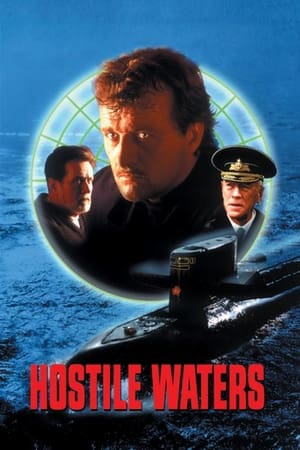 6.0
6.0Hostile Waters(en)
Based on true events, an American submarine collides into a Soviet sub of the coast of America and an ensuing standoff occurs that could lead to total annihilation.
 7.8
7.8Sgt. Stubby: An American Hero(en)
The true story of the most decorated dog in American military history -- Sgt. Stubby -- and the enduring bonds he forged with his brothers-in-arms in the trenches of World War I.
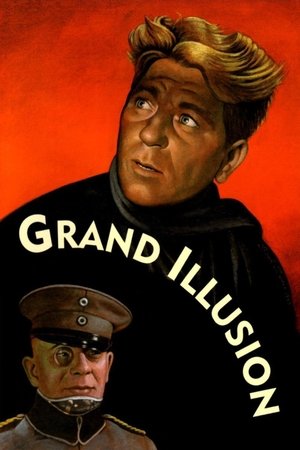 7.9
7.9Grand Illusion(fr)
A group of French soldiers, including the patrician Captain de Boeldieu and the working-class Lieutenant Maréchal, grapple with their own class differences after being captured and held in a World War I German prison camp. When the men are transferred to a high-security fortress, they must concoct a plan to escape beneath the watchful eye of aristocratic German officer von Rauffenstein, who has formed an unexpected bond with de Boeldieu.
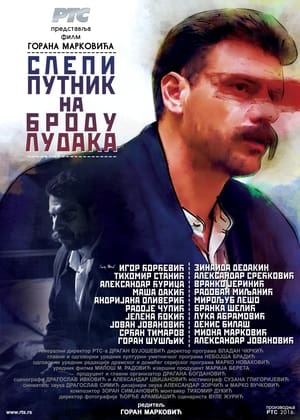 0.0
0.0A Stowaway on the Ship of Fools(sr)
The story takes place in the Belgrade mental hospital on Guberevac during the WWI, where notable Serbian writer Petar Kočić spends his last years of life. The safety of mental hospital in a war-torn Belgrade is disrupted when the deputy military governor in occupied Belgrade, Kosta Herman, finds out that Kočić is in the hospital and decides to settle old scores with him.
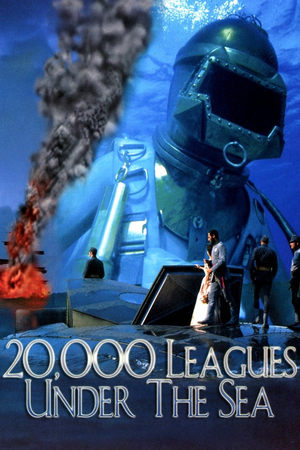 5.7
5.720,000 Leagues Under the Sea(en)
In the 19th century, an expert marine biologist is hired by the government to determine what's sinking ships all over the ocean. His daughter follows him. They are intercepted by a mysterious captain Nemo and his incredible submarine.
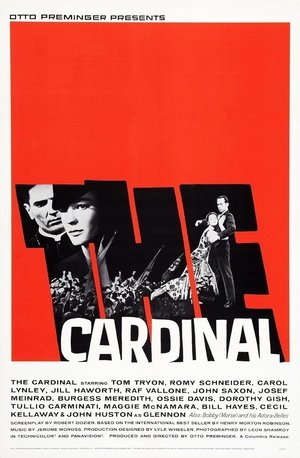 6.5
6.5The Cardinal(en)
A young Catholic priest from Boston confronts bigotry, Nazism, and his own personal conflicts as he rises to the office of cardinal.
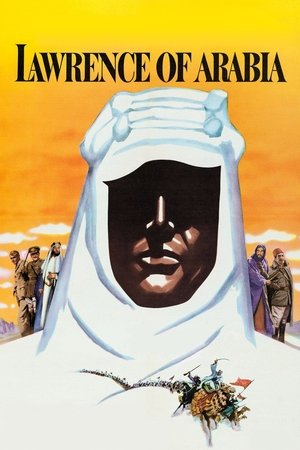 8.0
8.0Lawrence of Arabia(en)
The story of British officer T.E. Lawrence's mission to aid the Arab tribes in their revolt against the Ottoman Empire during the First World War. Lawrence becomes a flamboyant, messianic figure in the cause of Arab unity but his psychological instability threatens to undermine his achievements.
 8.3
8.3Paths of Glory(en)
A commanding officer defends three scapegoats on trial for a failed offensive that occurred within the French Army in 1916.
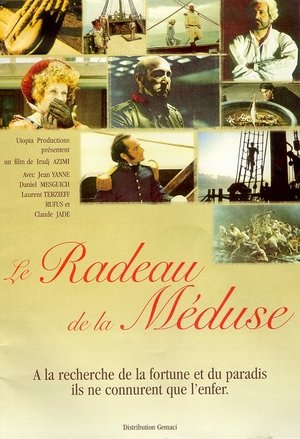 6.3
6.3Le radeau de la Méduse(fr)
Iranian Iradj Azimi directed this French historical drama re-creating events depicted in the famous 1819 painting The Raft of the Medusa by Jean Louis Andre Theodore Gericault (1791-1824). The ill-fated voyage of the frigate Medusa begins when it departs Rochefort for Senegal in 1816. After striking a sandbar off the African coast, 150 civilians row safely to shore, but Captain Chaumareys (Jean Yanne) orders 140 soldiers and sailors onto a raft (minus supplies) and has it cut loose. Only 14 survive from the 140, creating a scandal back in France. Gericault (Laurent Terzieff) later talks to three of the survivors while researching his painting. Work on this film began in 1987, but sets destroyed by Hurricane Hugo caused delays, so the film was not completed until 1990. However, it then remained undistributed until an incident in which writer-director Azimi slashed his wrists in front of French Ministry of Culture officials.
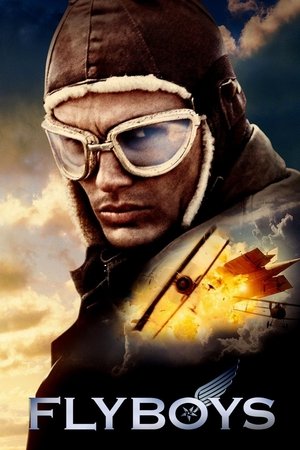 6.5
6.5Flyboys(en)
The adventures of the Lafayette Escadrille, young Americans who volunteered for the French military before the U.S. entered World War I, and became the country's first fighter pilots.
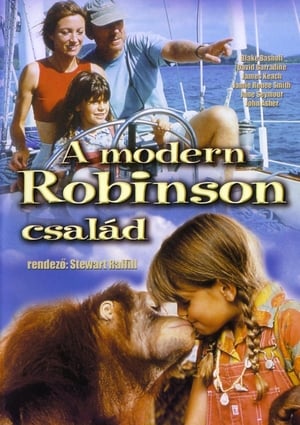 4.8
4.8The New Swiss Family Robinson(en)
When Angelino Jack Robinson gets a new job in Australia, he decides to take his sissy wife Ann, brave sons Shane and Todd and wining daughter Elisabeth 'Lizzy' by sailing yacht from Hong Kong to Syndney. The gun he gets thrown in by Sheldon Blake proves disabled, and for a sinister reason: near Borneo, Blake's men turn up to capture them. The family escapes but loses the yacht on a reef. They build a cool camp on an island. But the pirates keep coming back, and the boys discover why: he hid a treasure in the yacht. Shane is also discovered and captured in more then one way by French plane wreck survivor Françoise, who later teams up with the family.
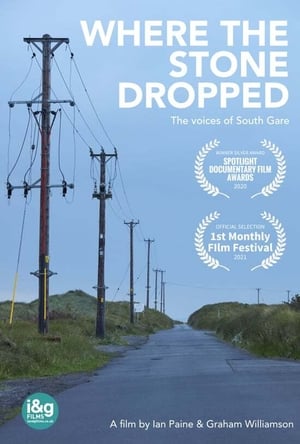 8.0
8.0Where the Stone Dropped(en)
Created in the Victorian era to widen the mouth of the River Tees for shipping, South Gare is a man-made peninsula extending four kilometres into the cold North Sea. Today, the industry it was built for has gone, but the Gare remains as a haven for all sorts of unexpected communities - kite-surfers, photographers, bird-watchers, scuba-divers and the people who simply appreciate its strange, lonely beauty.
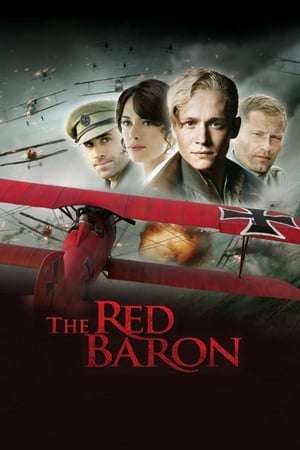 6.6
6.6The Red Baron(de)
Richthofen goes off to war like thousands of other men. As fighter pilots, they become cult heroes for the soldiers on the battlefields. Marked by sportsmanlike conduct, technical exactitude and knightly propriety, they have their own code of honour. Before long he begins to understand that his hero status is deceptive. His love for Kate, a nurse, opens his eyes to the brutality of war.
 6.5
6.5The Green Room(fr)
A WWI veteran decides to build a memorial to all of the people who have mattered to him but are now dead.
 0.0
0.0The Road to War (The End of an Empire)(en)
"The Road to War" uses elaborate and fascinating computer-generated recreations and archives never seen before to examine how the assassination of Archduke Franz Ferdinand in 1914 was used by the Austro-Hungarian Empire to start a war against Serbia. The film investigates how this regional conflict involving the Central Powers and the Triple Entente escalated to become "World War I", a war with more than 17 million dead and More than 20 million injured.
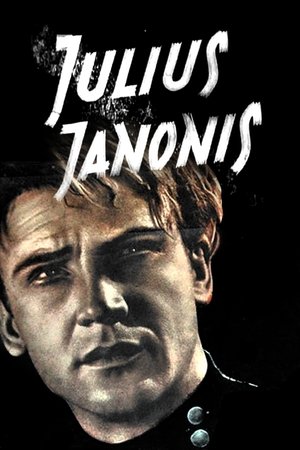 7.0
7.0Julius Janonis(lt)
Early twentieth century. The future poet, the nurturer of lyrics of love, Julius Janonis, is maturing among the students of Šiauliai Gymnasium. The son of a poor peasant, sick with tuberculosis, spotted a classmate, Milda, from a wealthy family admiring his talent. Unfortunately, at a high society party held at Milda’s parents house, where Julius reads his poems, guests make fun of the poet. When World War I comes, Janonis is taken to Voronezh, to the Lithuanian diaspora.
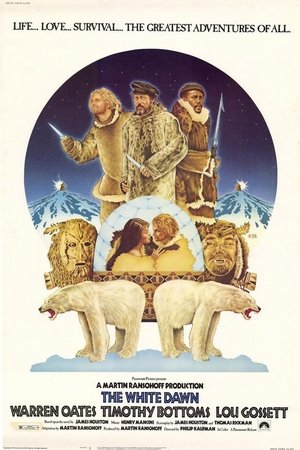 6.5
6.5The White Dawn(en)
In 1896, three survivors of a whaling ship-wreck in the Canadian Arctic are saved and adopted by an Eskimo tribe but frictions arise when the three start misbehaving.
 6.4
6.4Bluebeard(fr)
Paris, France, during the First World War. While thousands of soldiers die every day on the battlefields, Henri Landru, a seemingly respectable furniture dealer, married and father of four children, relentlessly feeds his own sinister factory of death.
